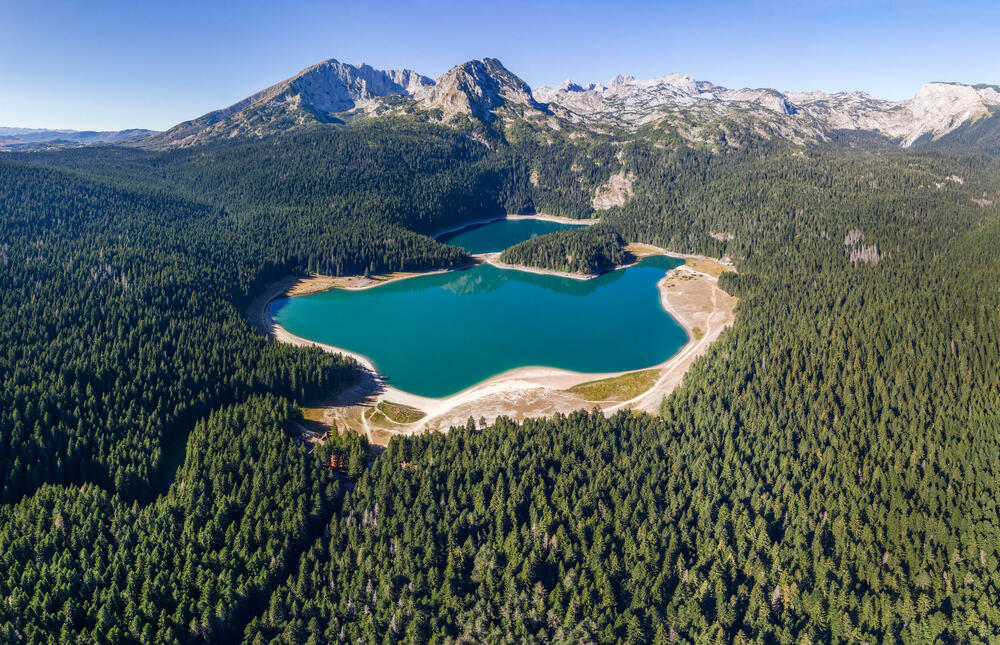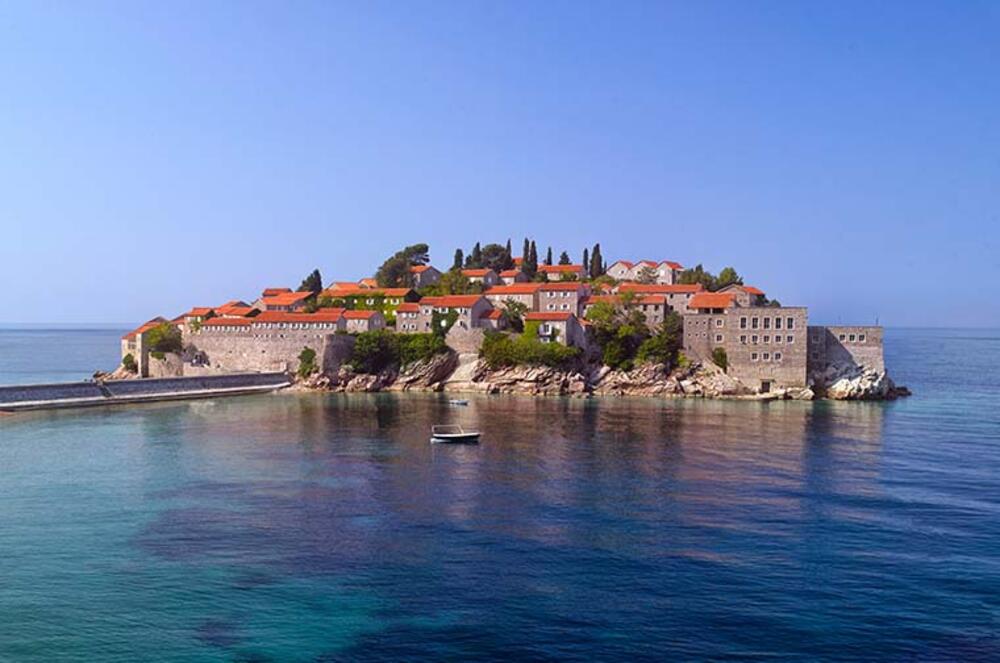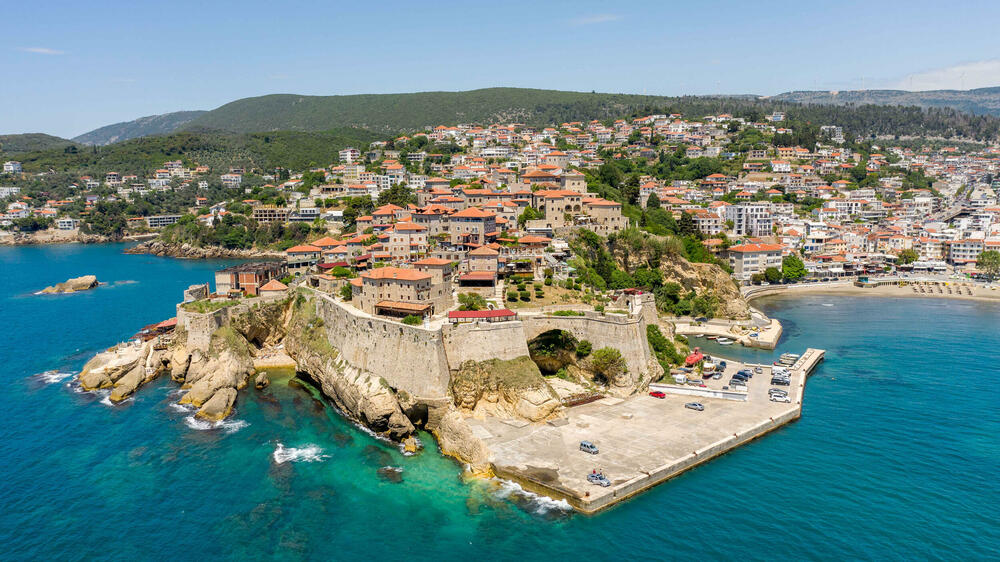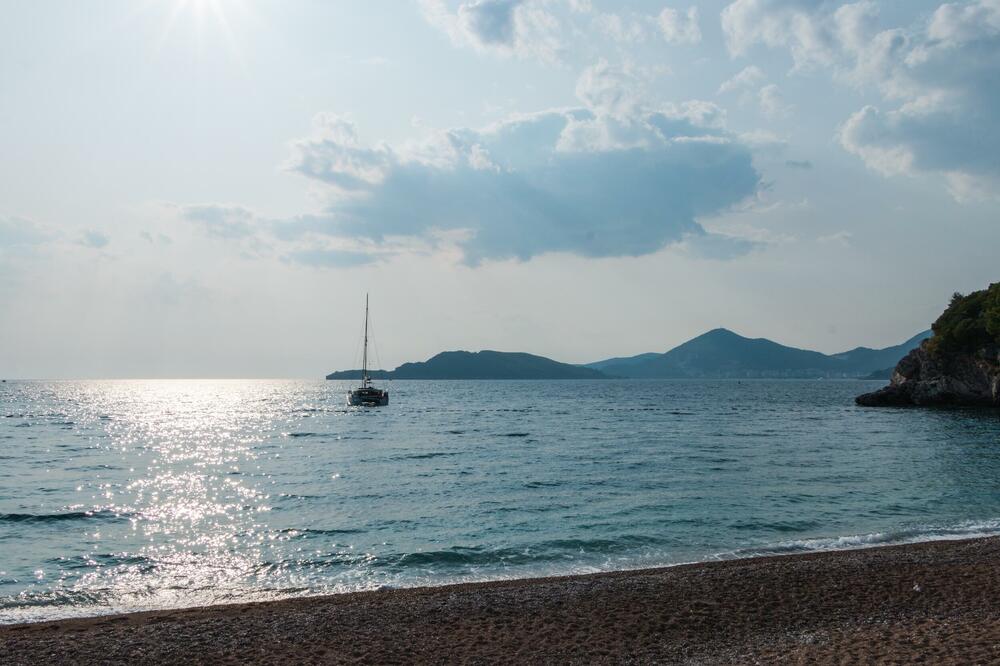Despite its small size, Montenegro is home to many natural wonders.
From towering mountains to crystal clear lakes, the country's diverse landscapes are a testament to its geological history and ecological richness.
The Durmitor National Park, a UNESCO World Heritage Site, is a must-visit for nature enthusiasts. Here, you can hike through dense forests, explore deep canyons, and marvel at the beauty of the Black Lake.
The park is also home to the Tara River Canyon, the deepest canyon in Europe and a popular spot for white-water rafting.

The Coastal Charm of the Adriatic Sea
Montenegro's coastline is equally captivating. The Budva Riviera, with its sandy beaches and vibrant nightlife, is a favorite among sun-seekers and party-goers.
Meanwhile, the Bay of Kotor, often described as Europe's southernmost fjord, offers breathtaking views and a tranquil atmosphere.
For a unique experience, visit the island of Sveti Stefan. Once a fishing village, this picturesque island is now a luxury resort.

Despite its modern amenities, Sveti Stefan has managed to retain its old-world charm, making it a perfect blend of past and present.
Immerse Yourself in Montenegro's Rich History
Montenegro's history is as diverse as its landscapes.
The country's strategic location has made it a crossroads of cultures, with influences from the Roman, Byzantine, Ottoman, and Austro-Hungarian empires.
The old town of Kotor, another UNESCO World Heritage Site, is a testament to this rich history.
Its well-preserved medieval buildings, cobblestone streets, and fortified walls tell stories of centuries past.
Don't miss the chance to climb the city walls for a panoramic view of the town and the bay.
The Legacy of the Ottoman Empire
The town of Ulcinj, with its Ottoman-style houses and the ancient Ulcinj Castle, offers a glimpse into the country's Ottoman past.
The town is also known for its long sandy beach, the longest on the Adriatic coast.

For a deeper understanding of Montenegro's history, visit the National Museum of Montenegro in Cetinje.
The museum houses a vast collection of artefacts, including royal regalia, traditional costumes, and historical documents.
Experience Montenegrin Culture and Hospitality
Montenegro's culture is a reflection of its history and geography.
The country's folk traditions, music, and cuisine have been shaped by the various cultures that have inhabited its land.
Experience the traditional Montenegrin hospitality by staying in a local guesthouse.
Here, you can enjoy homemade meals, learn about local customs, and even participate in traditional activities such as cheese-making or grape harvesting.
The Vibrant Festivals of Montenegro
Montenegro's calendar is filled with festivals and events.
The Kotor Carnival, held in February, is a week-long celebration filled with parades, concerts, and street performances.
For a taste of traditional Montenegrin culture, visit the village of Njeguši during the Njeguši Maškarada, a carnival-like event held in winter.
Here, locals don traditional masks and costumes and perform folk dances to ward off evil spirits.
Plan Your Adventure in Montenegro
With its unspoiled nature, rich history, and vibrant culture, Montenegro is a destination that deserves to be on every traveler's bucket list.
Whether you're planning a short getaway or a long vacation, this guide should help you make the most of your trip to this Balkan beauty.
Remember, the best way to experience Montenegro is to immerse yourself in its landscapes, interact with its people, and embrace its traditions.
Bonus video:





